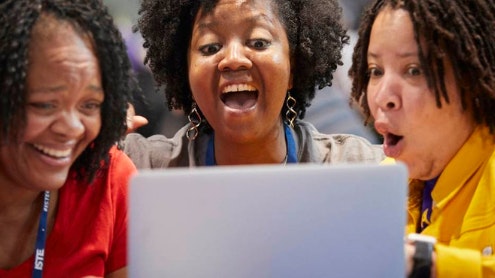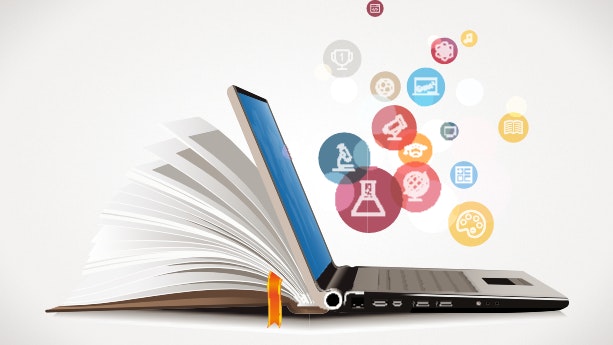We've Moved—Visit the New ISTE+ASCD Blog
New ISTE Blog posts are now being published on the ISTE+ASCD Blog in a single repository, where you can find practical strategies and ideas that can be easily adapted for your classrooms, schools, and districts. Find all your favorite edtech authors and discover new favorites along the way!














